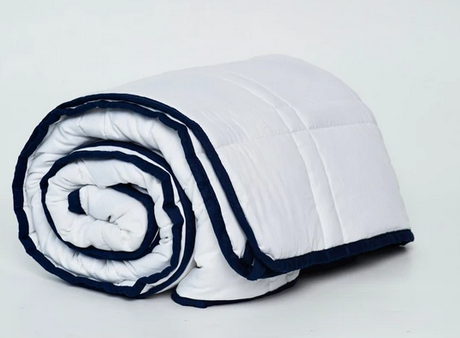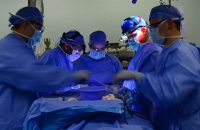Snoring is a universal problem. It is true that people of certain ages and with specific types of medical history are more vulnerable to snoring but anyone can snore, including kids. Snoring is often indicative of sleep apnea. It is indeed a symptom of an underlying problem. There have been numerous medical devices aimed at curing snoring. Some have been partly successful and some have been ineffective. Not all devices have the same approach. A few focus on curbing the noise of snoring without really targeting snoring. Some devices try to cure the underlying problem.
O2 Vent, a device developed by Oventus, aims at providing relief from snoring while automatically eliminating the loud noise or sound associated with and caused by snoring. O2 Vent has been granted approval by the FDA and it will be available to patients across the United States in 2017. What’s interesting about the device is that it is a 3D printed sleep aid.
3D printing has changed manufacturing and it is making inroads in diverse industries, well beyond initial expectations. 3D printing is one key factor why the O2 Vent can have a completely bespoke design. Every O2 Vent manufactured by Oventus can be unique. The sleep aid is otherwise a simple device. It is a mouthpiece with a patented breathing vent. While the vent may look like a whistle, it essentially allows smoother passage of air. Snoring, caused due to sleep apnea or otherwise, is a result of the air passage in the throat having an obstruction that prevents or adversely affects breathing. In an attempt to breathe, a person involuntarily and unconsciously tries to inhale and exhale with increased effort and more resistance, thus resulting in the sudden intake of air making a loud noise and then gushing out while exhaling making another loud noise. This cycle is never ending as long as the obstruction remains.
The O2 Vent allows for smoother passage of air at times of such obstructions, thus enabling a person to breathe easy and this also eliminates the loud noise. Every O2 Vent, conceptualized and designed by Dr. Chris Hart, is made for the specific patient. A CAD scan of the patient’s mouth is used to design the O2 Vent. The normal size, form and dimensions are noted down, the bite is assessed and a person’s normal movements of the jaws are also studied. Accordingly, the O2 Vent is designed and manufactured using 3D printing technology.
O2 Vent is made of medical grade titanium which is then fitted to a mouthpiece. It is light, nonintrusive and thin. It is durable, effective and for people of all ages. But it is also costly, estimated to be selling at $2,000 to $2,500 including the scan, design, printing, dental consultation and fitting procedures.







